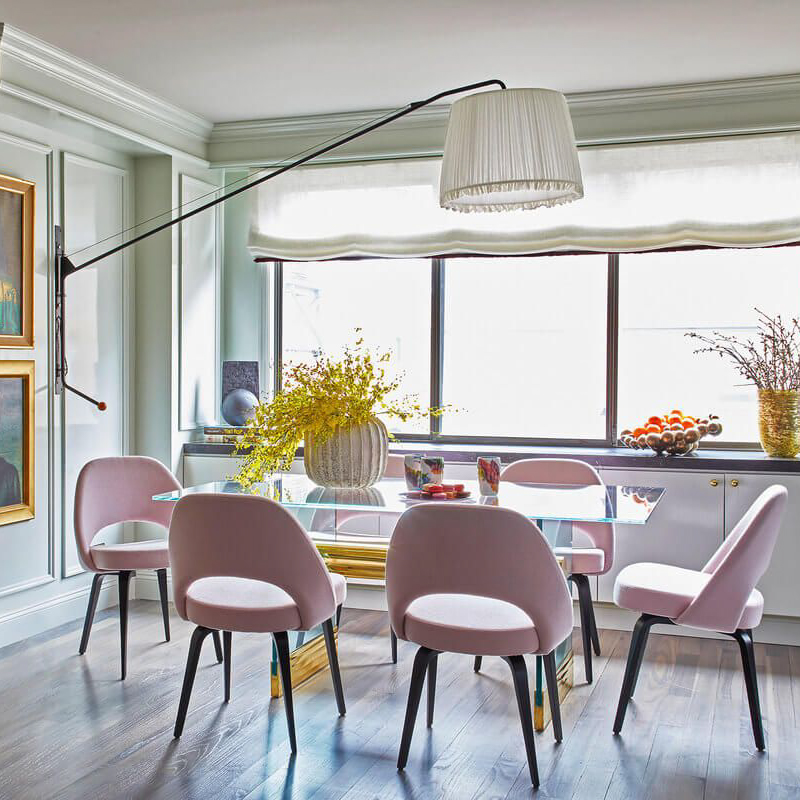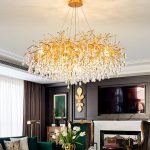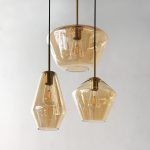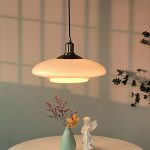
Introduction
When it comes to home design, little details can make a big difference. One of the latest trends in window treatments is the upside down shade. Rather than the traditional setup with the shade’s headrail at the top of the window, upside down shades are installed with the headrail at the bottom of the window frame. This seemingly simple change creates a unique look that is catching the attention of many homeowners, designers and decorators alike. This article will explore the benefits and drawbacks of using upside down shades in your home design.
The Advantages of Upside Down Shades
There are several practical benefits to installing upside down shades in your home. For one, they offer more control over privacy and light filtering. By having the headrail closer to the window sill, you can easily adjust the amount of light entering through the bottom half of the window. This also means that there are fewer gaps in the coverage, providing better privacy. Additionally, upside down shades can be easier to clean since less dust and debris will accumulate at the bottom of the shade.
Another advantage of upside down shades is that they allow for a more decorative approach to window treatments. Without the traditional headrail at the top, you have more flexibility in how you style the window. You can choose to mount the shade inside or outside of the window frame, or even add additional decorative elements like valances or drapes to frame the window.
Disadvantages to Consider
While upside down shades have many advantages, there are a few downsides to consider as well. One issue is that with the headrail at the bottom of the window, you must be careful not to obstruct the shade’s movement with furniture or other items placed near the window. Additionally, upside down shades may not be suitable for larger windows or those with irregular shapes, as the shade may not be able to support its own weight in those instances.
Another consideration is the impact on the shade’s aesthetic when it is fully raised. With the headrail at the bottom, the shade will stack up above the window instead of hiding at the top. This can create a different look than many people are accustomed to with traditional shades.






